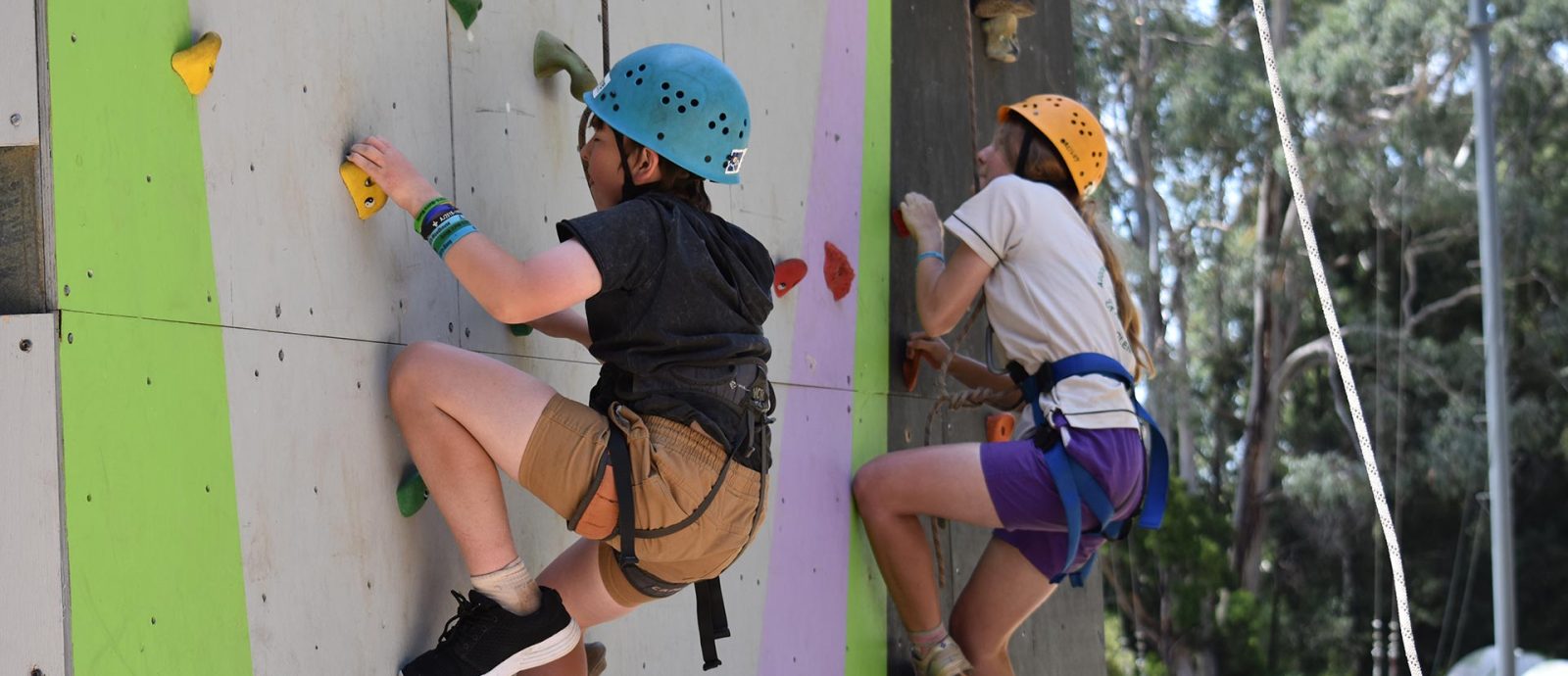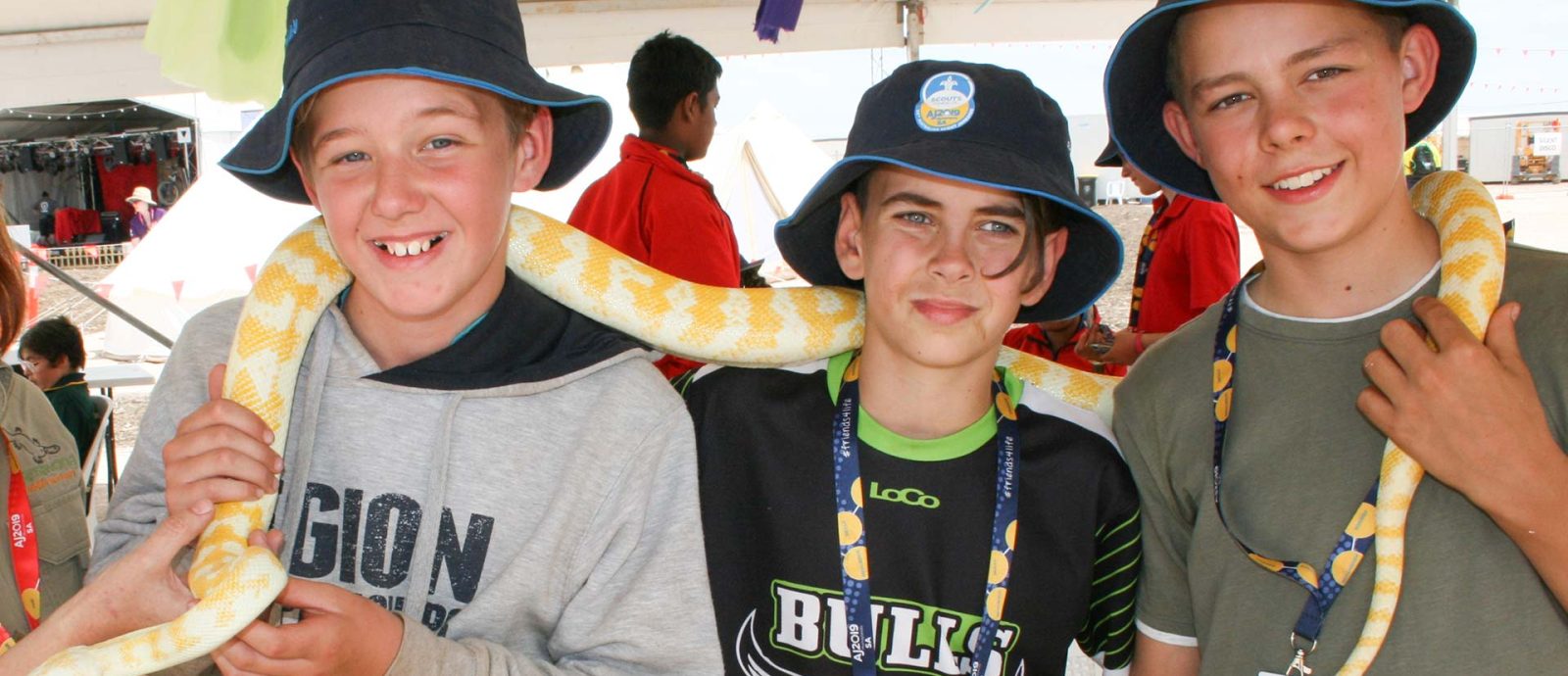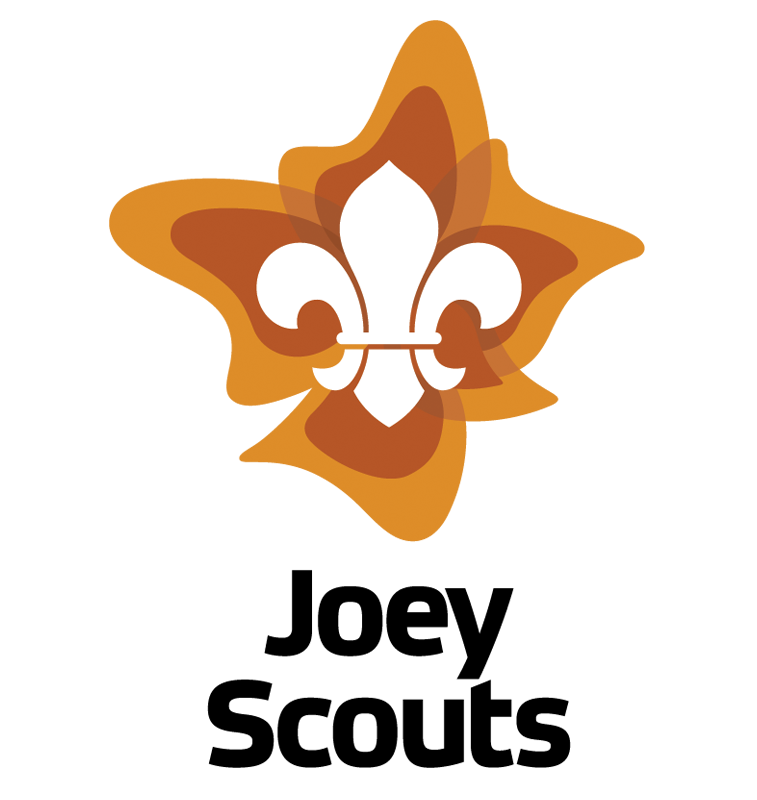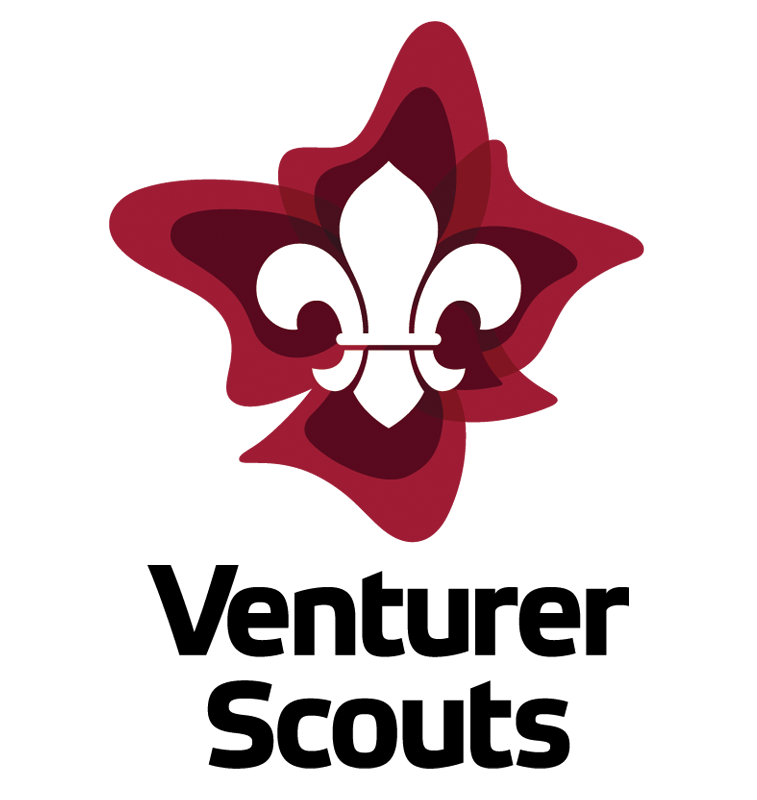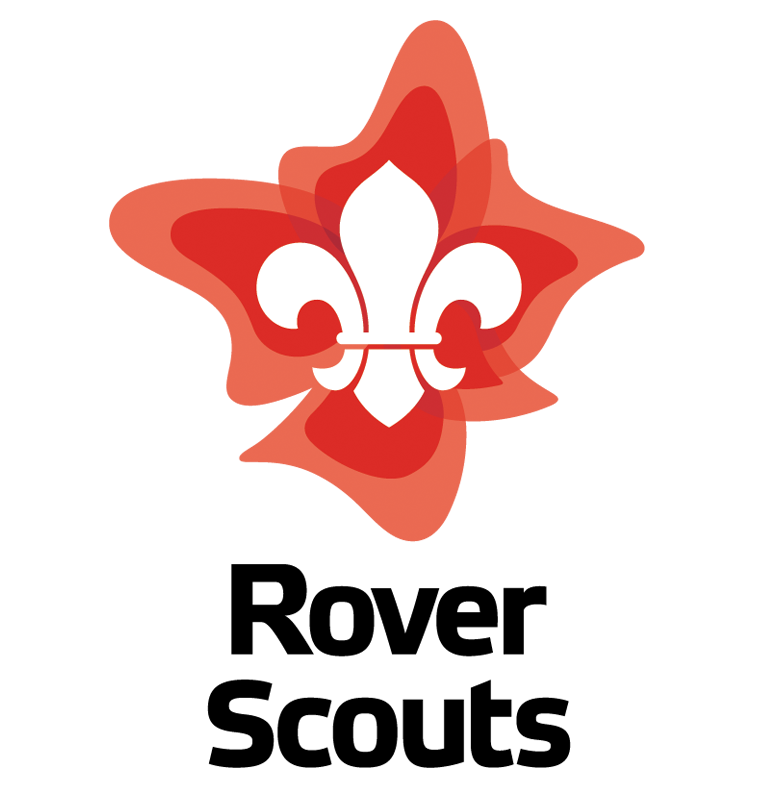The Scout Method
In Scouting, our members develop and learn through the use of a particular educational method. It is the Scout Method that makes Scouting truly unique.
Eight elements make up the Scout Method and while no single element is more important than the other, some elements will feature more strongly through different activities and experiences.

Community Involvement
Active exploration of an individual’s commitment and responsibility to their community and the wider world.

Nature & The Outdoors
The outdoors is the primary setting for learning and encourages a two-way relationship between the individual and the natural world.

Personal Progression
A learning journey focused on challenging the individual to do their best through a range of experiences.

Symbolic Framework
A unifying structure of themes and symbols that facilitates the awareness and development of an individual’s personal journey.

Learning by Doing
Learning through practical experiences and activities.

Patrol System
A way to develop interpersonal and leadership skills through teamwork, responsibility and belonging.

Promise & Law
Scouting values and ideals that underpin all activities and interactions.

Youth Leading, Adults Supporting
A youth movement, guided by adults, where youth are increasingly self-managing.

Community Involvement
Scouting develops an appreciation of local, national and international communities by being actively involved in them. Throughout the program, the nature of involvement with one’s community evolves and in turn brings an understanding of what community means.
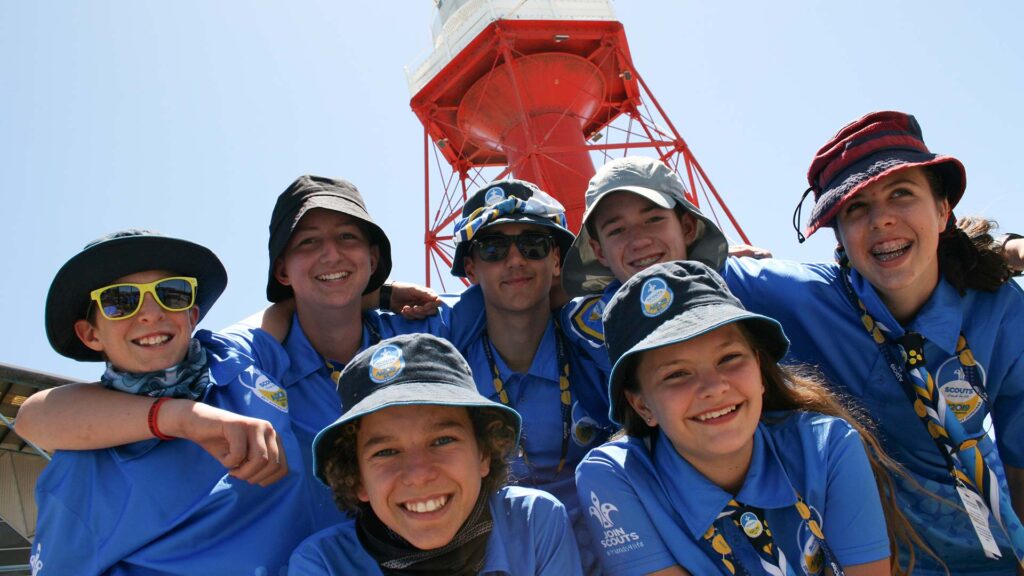

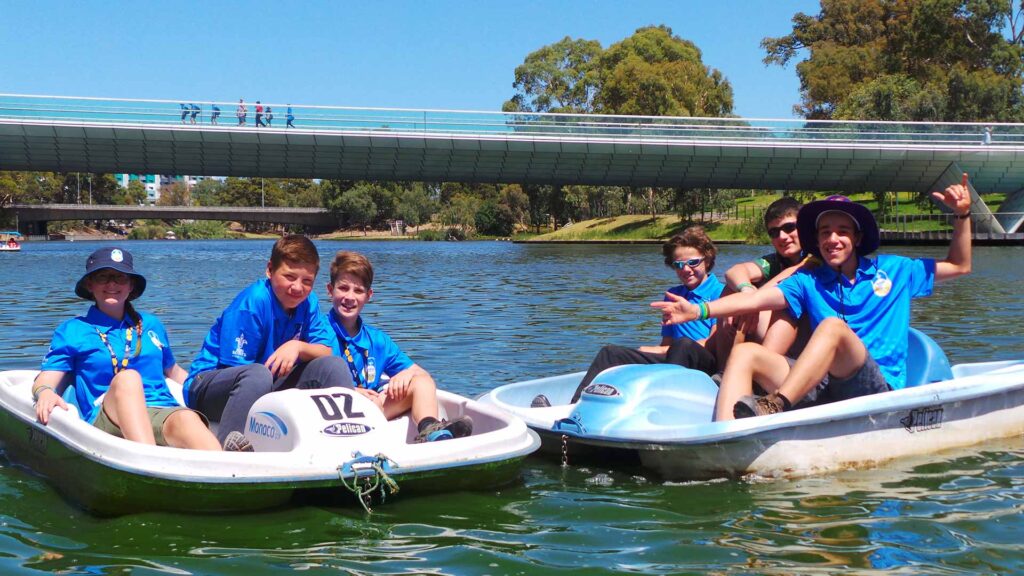

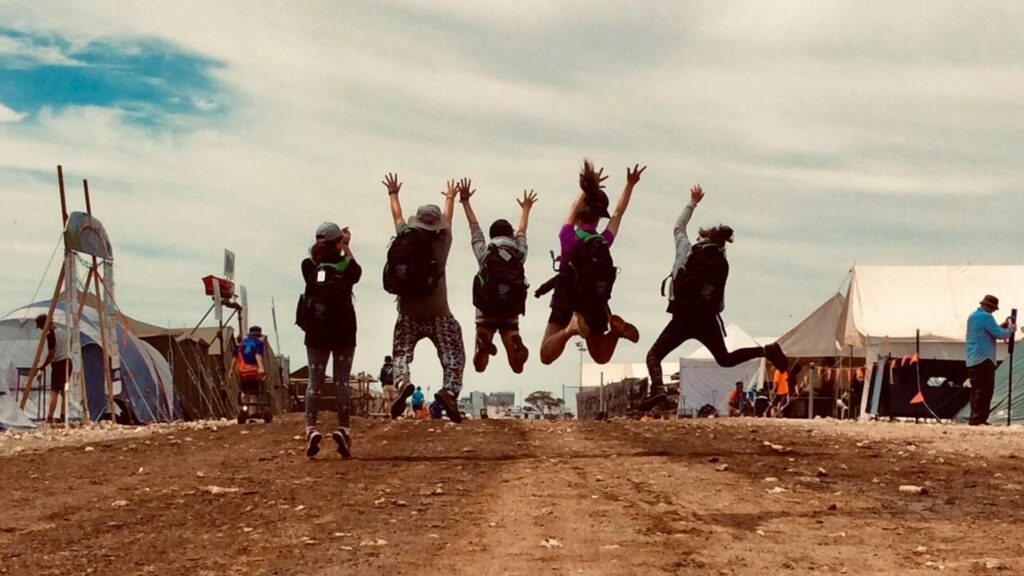
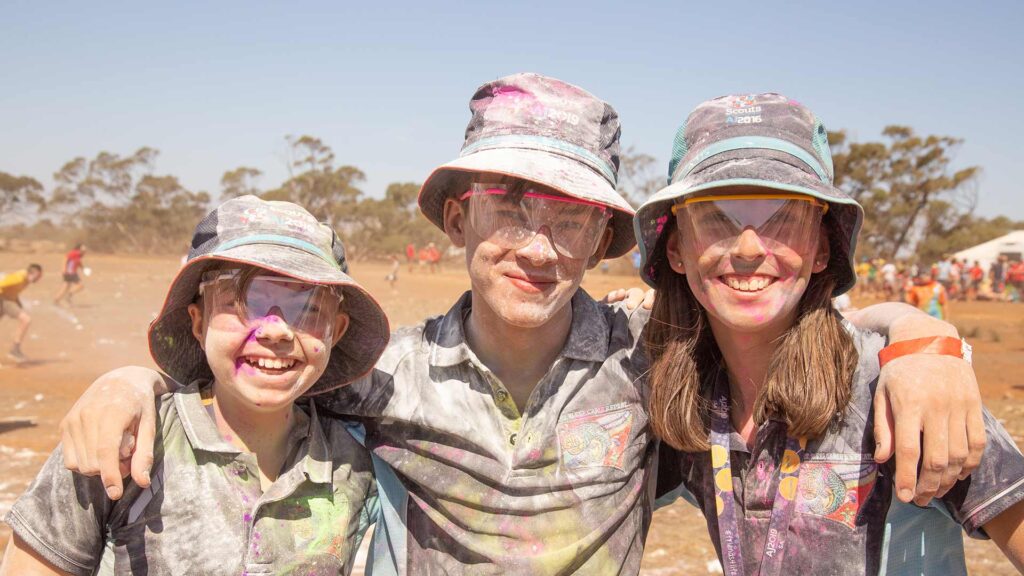
Community involvement includes:
- Having a community presence
- Community partnerships
- Empowering young people to have a voice and to develop an interest in community issues
- Advocating for the interest and needs of youth
- Providing voluntary service
- Setting an example for responsible citizenship
- Contributing in a non-formal way to the education of young people on community and citizenship issues.
Nature & the Outdoors
We believe nature is the ideal setting for our Scouts to learn by enhancing their natural sense of curiosity, positively building both their physical and mental health whilst providing an interactive and stimulating environment to learn and grow.
The benefits for young people learning in nature and the outdoors are:
- Develops a connection with their natural environment and encourages a commitment to preservation
- They are taught in the context of what they are learning.
Many activities have a focus on outdoor adventure, or the environment, and link closely with the Community Involvement and Learning by Doing Methods.
Personal Progression
Scouting serves not only to challenge individual young people, but to empower them to challenge themselves. The program works towards providing opportunities to challenge through experiences that work towards personal development and progression.
We understand that every young person’s development is completely individual. This is why each Scout’s personal learning needs are considered. Scouts are actively involved in their own personal progression with goal setting to empower, encourage and support their own set challenges.
Symbolic Framework
A symbolic framework in Scouting helps provide meaning and context to the things we do and should add value to the educational process of Scouting, be developmentally appropriate, relatable to youth and simple. The symbolic framework in Scouting promotes adventure, personal challenge and encourages each Scout to step outside their comfort zone.
There are three tiers that occur around symbolic framework:
Scouting as a whole
This tier includes key features that unify the movement. This includes the very concept of Scouting as well as symbols such as the fleur-de-lys, scarf and sign. Many of the ceremonies also fit in at this level as they emphasis the unity and often signify individual achievement.
Each section of the program
Symbolic Framework at this tier provides concepts that assist in shaping Scouts’ understanding of the nature and relevance of the program for the age sections. A section symbolic framework serves to promote logical progression through the program across sections.
An activity or program focus
A creative “theme” which helps drive interest and adventure in an activity, and may tie features together towards a common goal. It may also help to show links between multiple activities with a shared purpose. While the first two tiers of the symbolic framework are quite set, the third tier is open and changes frequently.
Learning by Doing
Learning by doing is at the forefront of the Scouts program and evident in all the elements of the Scout Method. Scouts are given several opportunities to succeed with learning by doing but equally important is giving them a safe space to fail.
Learning by doing includes both:
- Hard skills such as cooking a meal or rowing a boat
- Soft skills such as accepting responsibility, communicating, working in a team or self-exploration.
Depending on the activity, sometimes plenty of supervision and direction is needed for Scouts to safely learn by doing, however, often little guidance is needed and great learning experiences are achieved.
Patrol System
In Scouting, a Patrol is also known as small teams of young people. Through Patrols, Scouts experience many opportunities to learn by doing with their peers to develop both soft and hard skills.
Some Patrols are formed to ensure diverse groups (mix of ages, interests and genders), while others are formed naturally or based on a certain project in mind – we call these Project Patrols. Patrols provide a structure, but their primary purpose is to enable learning for individuals. A Scout will experience different types of Patrols across their time in the program.
While the Patrol System is a big part of Scouting, not everything needs to happen in Patrols. Sometimes activities and projects will happen at a Unit level or larger, or at an individual scale.
Promise & Law
Scouting’s Principles, key values and ideals are expressed in the Australian Scout Promise & Law. The Promise & Law show the commitment to the three principles – Duty to our God, Duty to Others and Duty to Self.
The Law emphasises our Scouting values and the qualities that Scouting promotes in all members. It’s a resonating statement that helps us along the program journey.
The promise represents a personal commitment that also serves to unify members of the movement. It is most commonly made or reaffirmed on special occasions, such as at a welcoming ceremony following progression to the next age section.
Youth Leading, Adults Supporting
The program is, in itself, a course of leadership training. Leadership development is continually being built in members through engagement and empowerment, actively involving decision-making and providing opportunities.
As Scouts progress through the program, youth leadership naturally increases while adult leadership decreases. It is important to point out:
- Youth leadership is a part of Scouting from the very beginning
- An intergenerational partnership exists throughout the program
- Adult leadership is minimal in the Rover Scout section.
The role of adults in supporting youth is a critical path of this element of the Scout Method. The influence of adults in this intergenerational partnership evolves as youth progress through the program. This balance may also differ from one activity to another depending on the nature of the activity and the skills of those involved.

Be prepared to connect.
Facebook and Instagram are fantastic ways to promote Scouting. Please enjoy their use by posting photos and stories about the great activities you are doing in Scouts.
Terms & Conditions
This site is made available by Scout Association of Australia, South Australian Branch Incorporated [ABN 35 621 021 366] and is referred to as Scouts SA, “us”, “we”, “our” in these Terms and Conditions. Your use of this internet site, and the purchase of any goods from us, is subject to these Terms and Conditions. You agree to be bound by these Terms and Conditions by accessing, browsing, and purchasing from this website.
